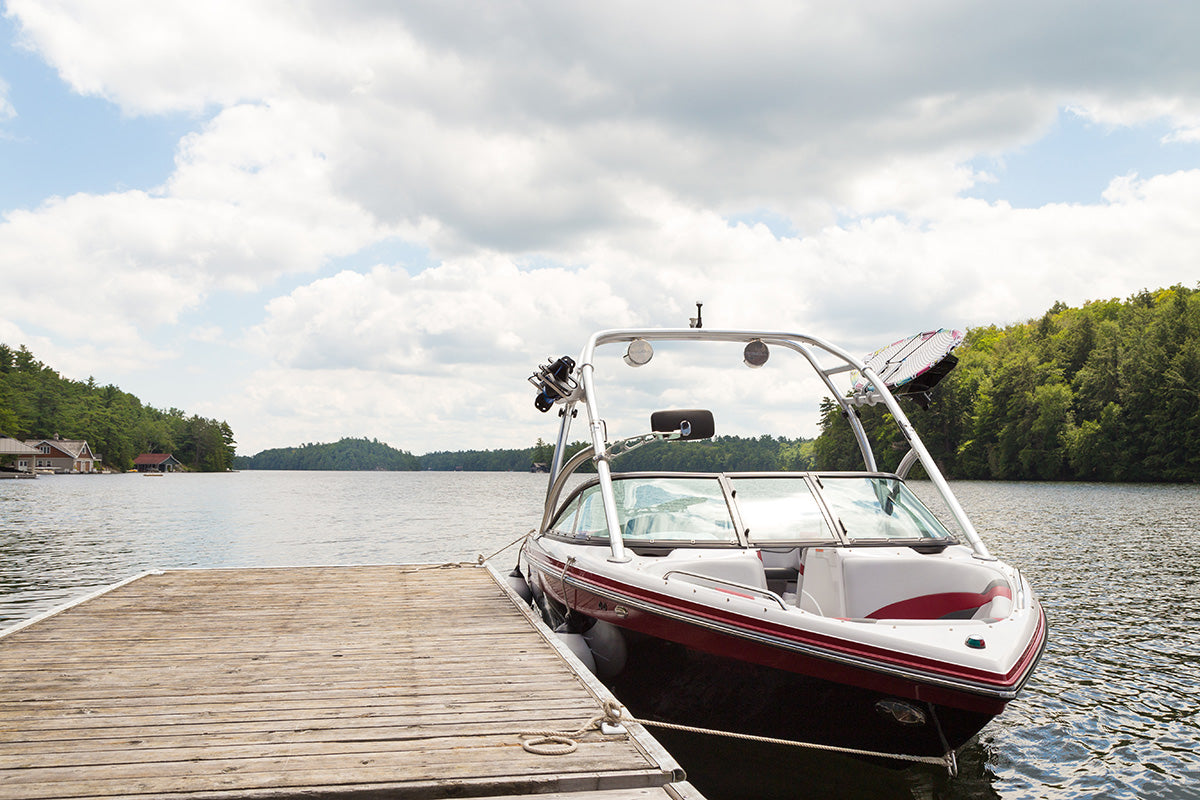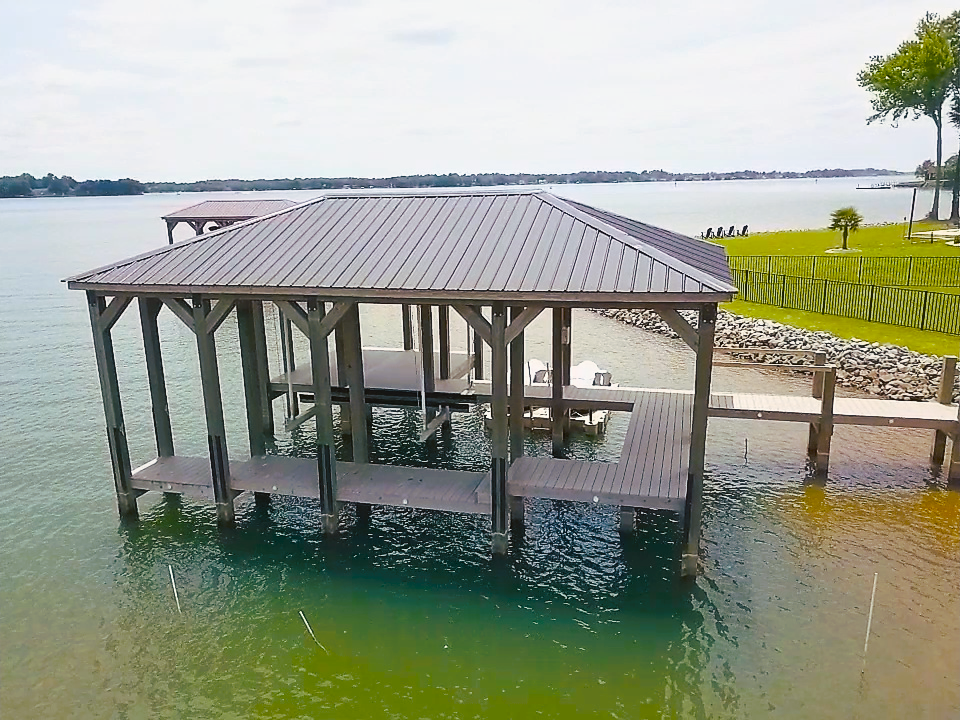Vital Overview to Budget-friendly Dock Repairs for Homeowners
Wiki Article
Reliable Dock Fixing Techniques: Ensuring Structural Integrity
Ensuring the structural honesty of anchors via reliable repair strategies is paramount for the long life and safety of aquatic centers. This includes a multi-faceted technique starting with comprehensive inspections using innovative modern technologies like sonar equipment and from another location ran vehicles (ROVs) to detect both noticeable and hid damages. Subsequently, picking the appropriate repair service materials, such as corrosion-resistant alloys and composite materials, is vital for toughness. Structural reinforcement techniques, including the execution of cross-bracing systems and load-distribution plates, play a crucial function in mitigating stress factors. The importance of these techniques comes to be apparent when discovering sophisticated repair techniques and preventative maintenance methods.Assessing Dock Damage
Analyzing dock damage is an essential first action in guaranteeing the architectural stability and safety of any kind of docking center. This initial examination involves a thorough evaluation to recognize both visible and covert damages. Secret facets to examine include the dock's structure, pilings, outdoor decking, and hardware. Each element has to be scrutinized for indicators of wear, rot, rust, or various other types of deterioration that can jeopardize the structural honesty.Architectural engineers or qualified inspectors generally carry out these assessments using specialized strategies and devices. Undersea assessments might employ finder tools or from another location operated vehicles (ROVs) to detect immersed damage. Over water, aesthetic examinations are matched by utilizing dampness meters and various other diagnostic devices to discover underlying issues not immediately noticeable to the naked eye.

Finding Repair Work Materials
Picking the ideal repair materials is an essential action in the dock reconstruction process, one that straight affects the long life and performance of the repaired structure. Material choice need to be driven by variables such as ecological problems, load-bearing requirements, and compatibility with existing dock elements. Wood is a conventional option for docks due to its natural resilience and aesthetic allure. Selecting the right kind of timber, such as pressure-treated lumber or naturally rot-resistant species like cedar or teak wood, is critical to hold up against marine atmospheres.In addition to timber, composite materials are increasingly preferred because of their sturdiness and low upkeep demands. Compounds, normally made from a blend of plastic and wood fibers, supply exceptional resistance to rot, insects, and UV damages. For steel docks, choosing corrosion-resistant alloys such as galvanized steel or marine-grade aluminum is vital to stop rust and make sure structural stability in saline water problems.
Epoxy resins and marine-grade sealers are indispensable for repairing splits and sealing joints, offering a water-proof barrier and improving the dock's total strength. By thoroughly picking top quality products, dock fixings can accomplish durable results, therefore protecting versus future degradation and making certain safe, trustworthy usage.
Structural Support Strategies
Effective structural support strategies are critical in ensuring the security and long life of dock repairs. One fundamental technique entails making use of steel or composite support bars (rebar) within concrete structures. Rebar offers extra tensile toughness, preventing cracks and distributing tons a lot more equally. This approach is particularly efficient for anchors revealed to hefty lots or rough environmental conditions.An additional essential method is the application of fiber-reinforced polymers (FRP) These materials provide high strength-to-weight ratios and outstanding resistance to rust, making them excellent for strengthening concrete or wooden docks. FRP can be used in sheets or strips you could try these out and bound with epoxy resins to boost architectural stability.
Bracing and anchoring systems additionally play a critical duty in structural reinforcement. Cross-bracing, making use of steel or wood beam of lights, can neutralize lateral pressures, minimizing persuading and motion. Securing systems, such as helical piers or driven stacks, provide a stable foundation by transferring lots to deeper, more steady soil layers.
Last but not least, the combination of load-distribution plates can aid distribute weight extra uniformly throughout the dock's surface, minimizing localized stress and anxiety points. These methods jointly guarantee that anchors remain risk-free and durable, with the ability of standing up to the rigors of their operational setting.
Advanced Repair Techniques

One more sophisticated method includes underwater welding, which enables for repair work to be carried out without the requirement to dewater the area. This technique is especially beneficial for dealing with structural issues in submerged dock components, ensuring marginal disturbance to procedures. Improved welding methods, combined with robotic systems, deliver accuracy and integrity, consequently prolonging the lifespan of the dock.
Additionally, cathodic defense systems are applied to stop deterioration in metal dock structures. By utilizing sacrificial anodes or impressed current systems, these strategies successfully alleviate the electrochemical processes that lead to product degeneration.
Finally, advanced surveillance modern technologies, such as structural health surveillance (SHM) systems, supply real-time data on the problem of dock structures. These systems enable aggressive maintenance and find more prompt interventions, inevitably making sure the long-term architectural integrity of the dock.
Upkeep and Prevention
Upkeep and prevention are basic ideas that underpin the longevity and security of dock structures. Routine inspections are extremely important, enabling early discovery of wear and tear, prospective weaknesses, and environmental influences. A proactive strategy, involving regular look for rust, rot, and architectural shifts, alleviates costly repair services and prolongs the dock's functional life.Preventive procedures should consist of using protective finishes to metal elements to guard against corrosion and making use of treated timber to resist decay. In addition, ensuring correct drainage and air flow can avoid water buildup, which is a common reason for structural destruction. Incorporating high quality products and adhering to supplier guidelines throughout building and repair work stages likewise play crucial functions in enhancing resilience.

Training workers in dock upkeep finest techniques ensures constant application of safety nets. Leveraging technological advancements, such as drones for inspections and sensors for real-time surveillance, can better improve upkeep initiatives. By focusing on upkeep and prevention, dock owners can make certain architectural integrity, functional safety and security, and economical administration over the dock's life expectancy.
Conclusion
In conclusion, maintaining the architectural honesty of marine centers requires extensive dock repair service strategies. Thorough assessments using advanced devices discover both visible and hid problems, while the choice of appropriate repair work materials enhances resilience. Executing architectural i was reading this reinforcement methods addresses stress and anxiety points effectively. Advanced repair work methods, combined with normal upkeep techniques, guarantee the dock stays functional and secure under varied environmental conditions. Adopting these techniques substantially extends the lifespan and capability of marine infrastructure.Guaranteeing the architectural integrity of anchors through efficient repair service techniques is vital for the durability and safety and security of marine facilities.Choosing the appropriate repair products is an essential step in the dock reconstruction process, one that directly influences the durability and efficiency of the fixed framework.Reliable architectural support techniques are vital in guaranteeing the stability and long life of dock repair work. By prioritizing maintenance and prevention, dock owners can guarantee architectural integrity, operational safety, and economical administration over the dock's life-span.
In final thought, preserving the structural stability of marine centers demands extensive dock repair methods.
Report this wiki page